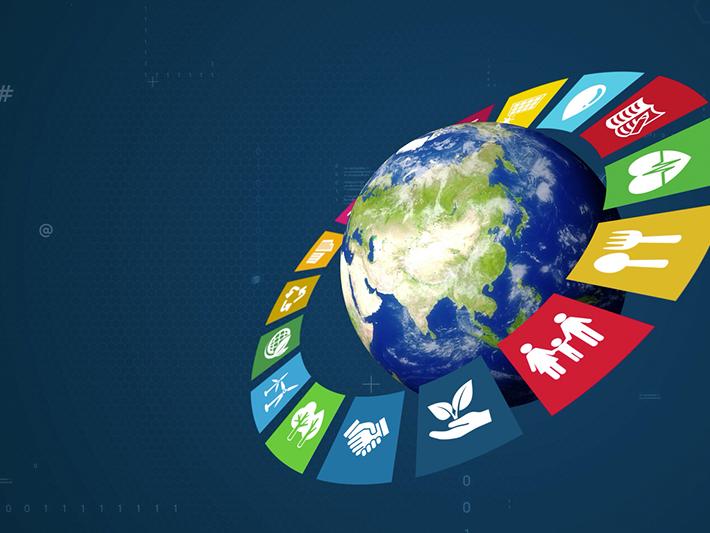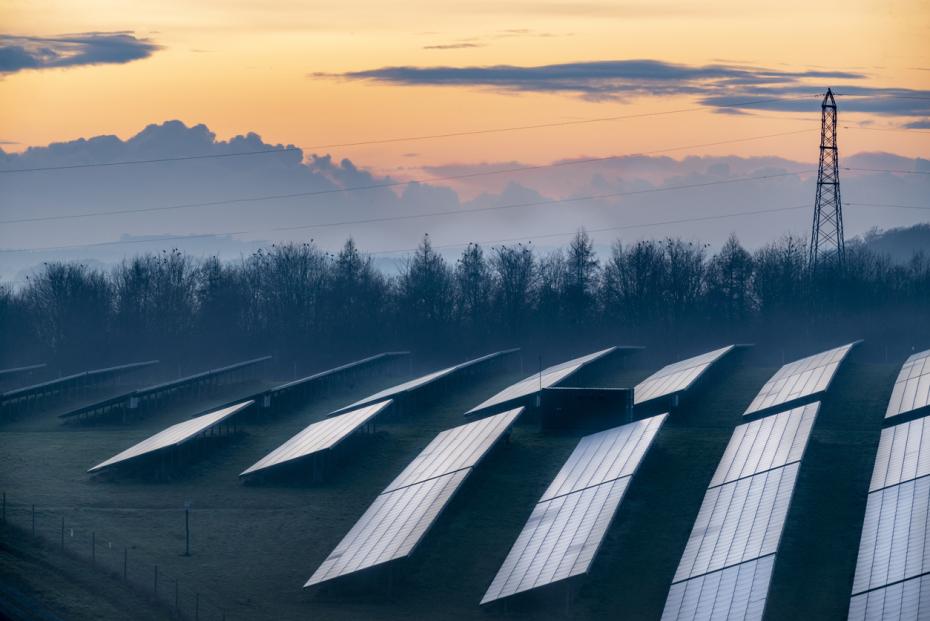
Using Sustainable Development Goals to foster innovation
The SDGs offer both a universal framework and a way to incorporate global perspectives into curricula. Here are strategies for integrating their outward-focused, innovative mindset into everyday learning
You may also like
Popular resources
Academic institutions talk a good game about educating the next generation of leaders for climate resilience, conservation and adaptive infrastructure, but my worry is that we are making only minor changes – incremental adjustments. Instead, measurable change is needed to adapt, mitigate and resist the negative effects of ever-rising carbon emissions. Worse, at times, we’re simply repackaging what we already offer to make it seem as if we’re making meaningful advancements.
Fortunately, we can address and remedy this.
The 17 Sustainable Development Goals (SDGs), adopted by the United Nations in 2015, provide a robust framework for ending poverty, protecting the planet and ensuring prosperity for all by 2030. By integrating these goals into educational programmes, universities can prepare students to address the complex challenges of the 21st century.
- Spotlight collection: a greener future for higher education
- THE podcast: universities aren’t too small to lead the climate crisis fight
- Why visible senior leadership in sustainability matters
Here are strategies we can use to integrate the SDGs into the DNA of our academic institutions, techniques we have implemented to some degree at Virginia Tech.
Leverage the SDGs to teach systems thinking
The SDGs aren’t silos; they are inherently connected. For instance, Montreal’s ambitious goal in 2023 to create 200km of safe, accessible cycling infrastructure is transforming how residents move through the city. This contributes to sustainable cities and communities (SDG 11) and improves public health (SDG 3). It is hard to argue against the economic impact (SDG 8) of replacing cars with cyclists and pedestrians when strolling down Montreal’s Mont-Royal Avenue on a Saturday evening. Solving one problem creates a ripple effect that can advance progress across multiple SDGs.
If we want systemic transformation towards sustainability, higher education, particularly engineering education, must do more to cultivate this kind of holistic, systems thinking. Discouraging students from getting stuck in their disciplinary silos while also training them to enter their profession is a tough tightrope act, but one worth walking. Here is why: educators can use SDGs to help students recognise other, perhaps more important, metrics. In my field of civil engineering, students are taught to count traffic flow. What if we put equal emphasis on teaching them to count benches and trees? What might our cities look like if this were the case?
This isn’t about being altruistic; if the survival of our planet isn’t enough motivation, here are the practical student outcomes I’ve observed through using SDGs to teach systems thinking:
- Students who engage with the SDGs see the connections between an idea and downstream outcomes. They can articulate these outcomes in new ways to future clients.
- SDGs teach students that sometimes we shouldn’t optimise a single variable but instead balance multiple variables. This is a critical realisation for most civil engineering students I’ve taught. When I tell them they must navigate not just the project constraints I give them but also those from neighbours, the local community and the town, I can see it on their faces. They begin to see how interconnected the world is and the impact of their design system-wide.
- SDGs led students to be more creative because they learned to reframe the problem towards interconnected goals and began to explore synergistic solutions.
SDGs can help challenge outdated practices
We still have a long way to go to meet the SDGs. The gap between renewable energy production and energy demand is wider today than it was 20 years ago, for example. I use this lack of progress to emphasise to students that incremental change is not enough. We then discuss how to act. For instance, many civil engineering codes and standards are ready for an overhaul. Until Fairfax County, Virginia, launched an innovative programme in 2023, it had been using parking regulations from 1988. Those outdated regulations produced oversized parking lots, encouraged more urban sprawl and contributed to hotter temperatures.
Share your research with students. I told students about recent research where I measured the creativity of ideas in response to engineering problems related to the SDGs from more than 120 professional engineers. We found no difference in the creativity of ideas based on years of experience. Creativity and innovation don’t solely come from experience; they come from thinking differently, from being willing to step outside traditional frameworks. Fairfax eventually realised that more of the same wasn’t working and began to rethink its codes. This is what teaching the SDGs can help us do.
SDGs provide a global perspective
The SDGs can open doors for meaningful conversations and sharing of best practices. For instance, when meeting with the Office of Sustainability at the University of Strathclyde, in Glasgow, Scotland, when I was on sabbatical in 2023, my first question was about their approach to SDG 13. I quickly discovered they were focused on measuring emissions far beyond what many other universities were considering.
Global perspectives have inspired me to integrate more ambitious and comprehensive sustainability practices into our Climate Action Living Lab. In my teaching, I pull in other university examples for students to see what is happening at global peer institutions. For example, last semester students working with me were trying to figure out how to replicate the “bring your own cup” programme from TU Delft to reduce food container waste on campus.
The beauty of teaching the SDGs is that no university or country is completely aligned in its approach. By exposing students to these varied global approaches, they can gain innovative ideas and strategies to apply in their contexts. Fostering this mindset – encouraging students to look across the globe for solutions to similar problems – gives them the tools to think critically, adapt creative solutions to their local challenges, and become leaders in advancing sustainability practices.
Tripp Shealy is an associate professor of civil and environmental engineering and graduate coordinator for the Bowman Sustainable Land Development Program at Virginia Tech. He is an associate editor for the American Society of Civil Engineers’ Journal of Civil Engineering Education.
If you would like advice and insight from academics and university staff delivered direct to your inbox each week, sign up for the Campus newsletter.





Comments (0)
or in order to add a comment